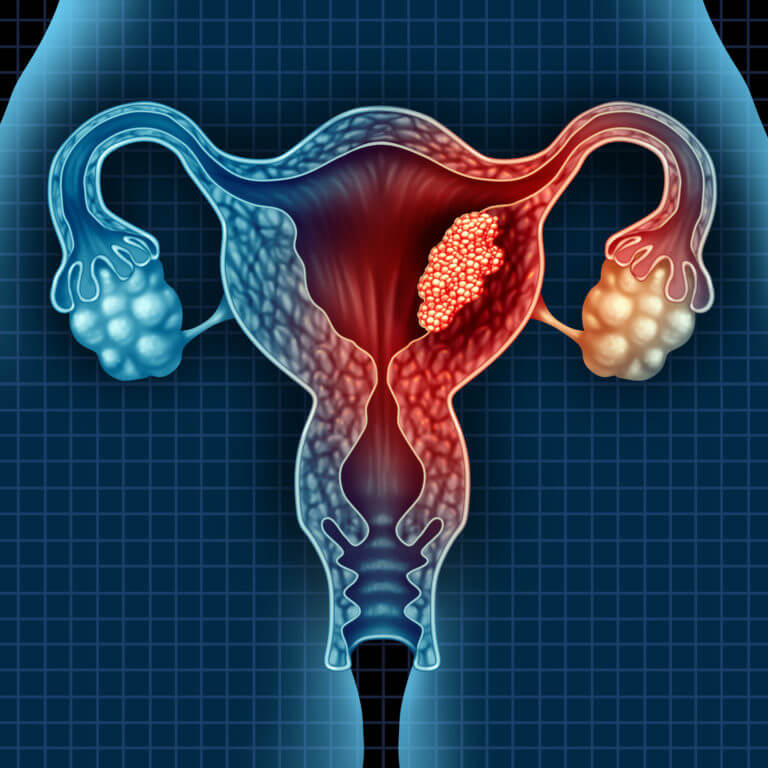
Every woman, unfortunately, is at some risk of developing gynecological cancer, especially if you have a family history of the disease. Research shows that approximately 100,000 women are diagnosed with a form of it every year in the United States, and 30 percent of all cases result in death.
Here is a basic overview of gynecological cancer so that you can have a better understanding of how to spot, treat, and prevent it.
Basically, gynecological cancer occurs anytime there is a mass of abnormal cells exhibiting uncontrolled growth. To qualify as a type of gynecological cancer, the cancer must originate in a woman’s reproductive organs, which includes the ovaries, cervix, uterus, fallopian tubes, vagina, and vulva.
There are five main types of gynecological cancers corresponding to where the cancer originates within a woman’s reproductive system:
- Ovarian Cancer: The fourth leading cause of cancer in the United States and the leading cause of death from gynecological cancers, ovarian cancer forms on the surface of the ovary in the epithelial cells. Symptoms include abnormal vaginal bleeding, loss of appetite, pelvic pain, frequent urination or constipation, bloating, and back pain.
- Cervical Cancer: Cervical cancer begins in the lining of the cervix, connecting the body of the uterus to the vagina. Two types of HPV (human papillomavirus) cause the majority of cervical cancers. Annual cancer screenings known as a Pap test can identify abnormal cells that may develop into cervical cancer if left untreated. The main symptom of this type of gynecological cancer is abnormal vaginal bleeding or discharge.
- Uterine/Endometrial Cancer: The most commonly diagnosed type of gynecological cancer in the United States is uterine cancer. This type of cancer occurs in the endometrium, the lining of the uterus. If the cells grow out of control, they can spread to the muscle of the uterus, and outside of the uterus to ovaries, lymph nodes, and abdomen. Symptoms usually include abnormal vaginal bleeding and discharge and/or pelvic pressure and pain.
- Vaginal Cancer: Vaginal cancer is found in the lining of the vagina and usually affects women 40 years old and older. These types of gynecological cancers are often associated with exposure to diethylstilbestrol (DES), a hormone to reduce the likelihood of miscarriage and used between 1940 and 1971. Women whose mothers were given DES have an increased risk of developing vaginal cancer. Symptoms of vaginal cancer include abnormal vaginal bleeding or discharge, the frequent need or urge to urinate, and/or constipation.
- Vulvar Cancer: Cancer of the vulva is considered rare among gynecologic cancers and is highly curable when detected at an early stage. Early detection saves lives and is crucial to the quality of life and survival. It is typically found in the inner and outer lips of the vagina, the clitoris, and the opening of the vagina. Symptoms include itching, burning, pain, or tenderness of the vulva or the presence of a rash, sores, or genital warts.
The treatment for gynecological cancer varies depending on the type of cancer as well as on how far it has spread at the time of diagnosis. As is typical for treating other types of cancer, treatment options typically include surgery, chemotherapy, and radiation.
To learn more about what to look for when it comes to gynecological cancer, call University OB/GYN Associates at (315) 464-5162 or request an appointment online.



